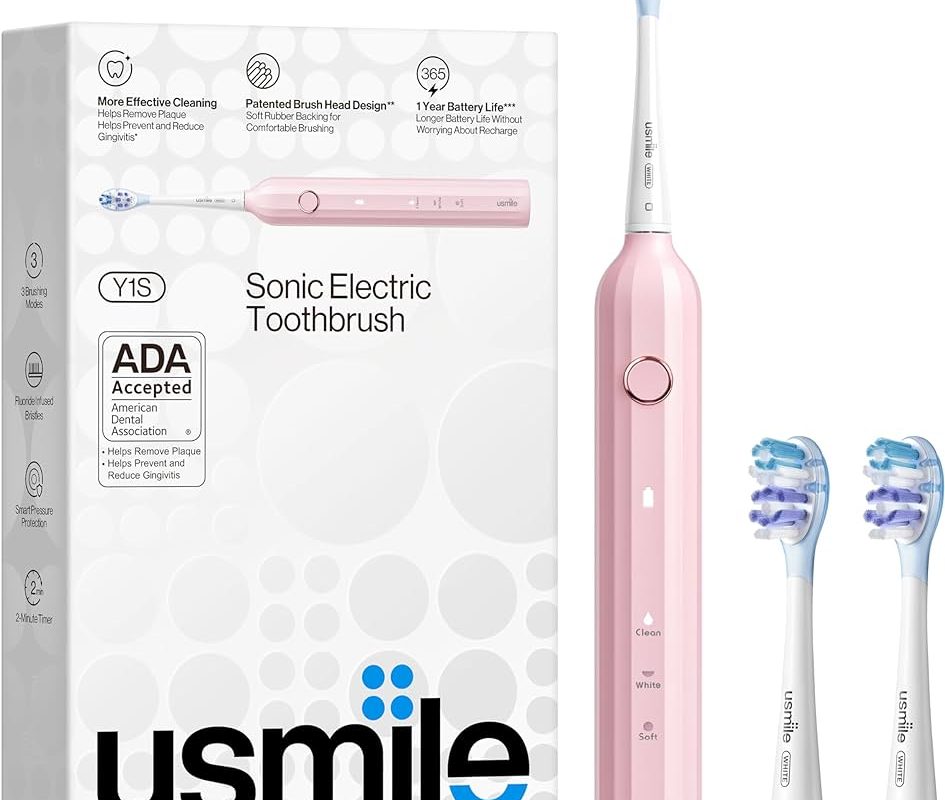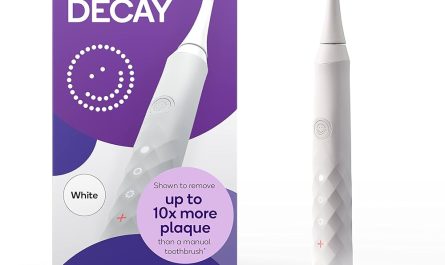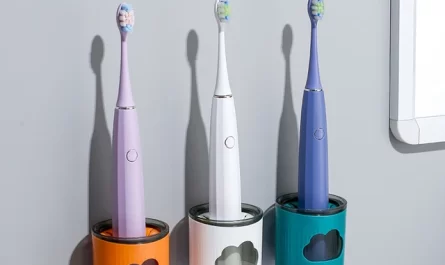Introduction:
Electric toothbrushes are essential tools for maintaining oral hygiene. Over time, you may notice the accumulation of black or dark-colored substances on the bristles or other parts of your electric toothbrush. Understanding the causes of this black substance can help you maintain the cleanliness and effectiveness of your toothbrush. In this guide, we will explore the potential reasons for the black stuff in your electric toothbrush and provide tips on how to prevent or remove it.
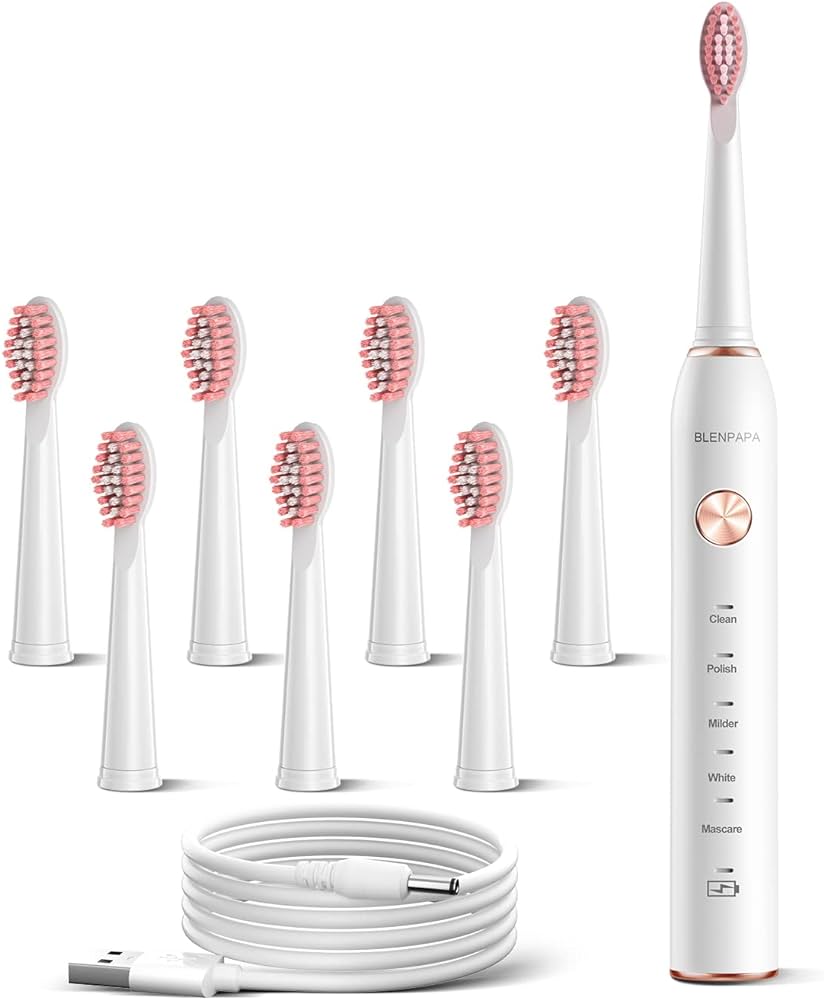
What is the black stuff in my electric toothbrush?
Mold or Mildew:
One common cause of black substance on an electric toothbrush is mold or mildew growth. The moist environment of the bathroom, coupled with the presence of saliva and toothpaste residue, can create an ideal breeding ground for these microorganisms. Mold or mildew can appear as black or dark-colored spots on the bristles or other parts of the toothbrush.
Prevention and Solution: To prevent mold or mildew growth on your electric toothbrush, try the following tips:
a) Rinse thoroughly: After each use, rinse your toothbrush thoroughly with water to remove any remaining toothpaste or saliva.
b) Air-dry properly: Allow your toothbrush to air-dry completely before storing it in an upright position. Avoid covering or enclosing the toothbrush in a container that may trap moisture.
c) Store in a well-ventilated area: Choose a storage location for your toothbrush that is well-ventilated, away from direct contact with the bathroom sink or toilet.
d) Replace regularly: Replace your toothbrush or brush head every three to four months, or sooner if you notice any signs of mold or mildew growth.
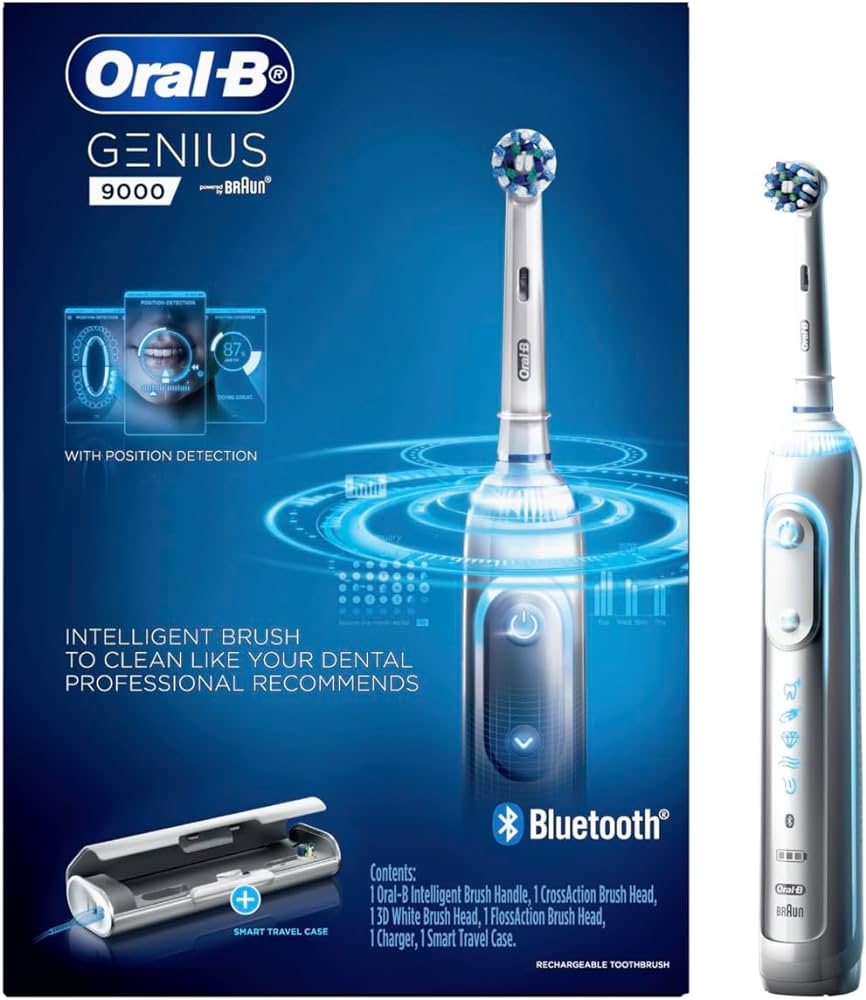
Mineral Deposits:
Another possible cause of the black substance on your electric toothbrush is mineral deposits. These deposits can come from tap water, especially if it has a high mineral content. Over time, minerals like calcium and magnesium can accumulate on the bristles or other parts of the toothbrush, appearing as black or dark-colored spots.
Prevention and Solution: To prevent mineral deposits on your electric toothbrush, consider the following measures:
a) Use filtered or distilled water: If your tap water has high mineral content, consider using filtered or distilled water to rinse your toothbrush.
b) Clean your toothbrush regularly: Periodically clean your toothbrush by soaking it in a mixture of water and vinegar or a denture cleaner solution. This can help remove mineral deposits.
c) Replace brush heads: If mineral deposits persist despite regular cleaning, consider replacing the brush head to ensure optimal cleanliness and effectiveness.
Deterioration of Brush Head:
Over time, the brush head of your electric toothbrush may deteriorate and develop black spots or discoloration. This can occur due to the accumulation of toothpaste residue, saliva, and bacteria, which can lead to staining or degradation of the bristles.
Prevention and Solution: To prevent deterioration of the brush head, follow these recommendations:
a) Rinse thoroughly: After each use, rinse the brush head thoroughly to remove toothpaste residue and saliva.
b) Clean the brush head regularly: Clean the brush head by soaking it in a mixture of water and vinegar or a denture cleaner solution. This can help remove any buildup and prevent discoloration.
c) Replace the brush head regularly: Replace the brush head every three to four months, or sooner if you notice signs of deterioration or staining.
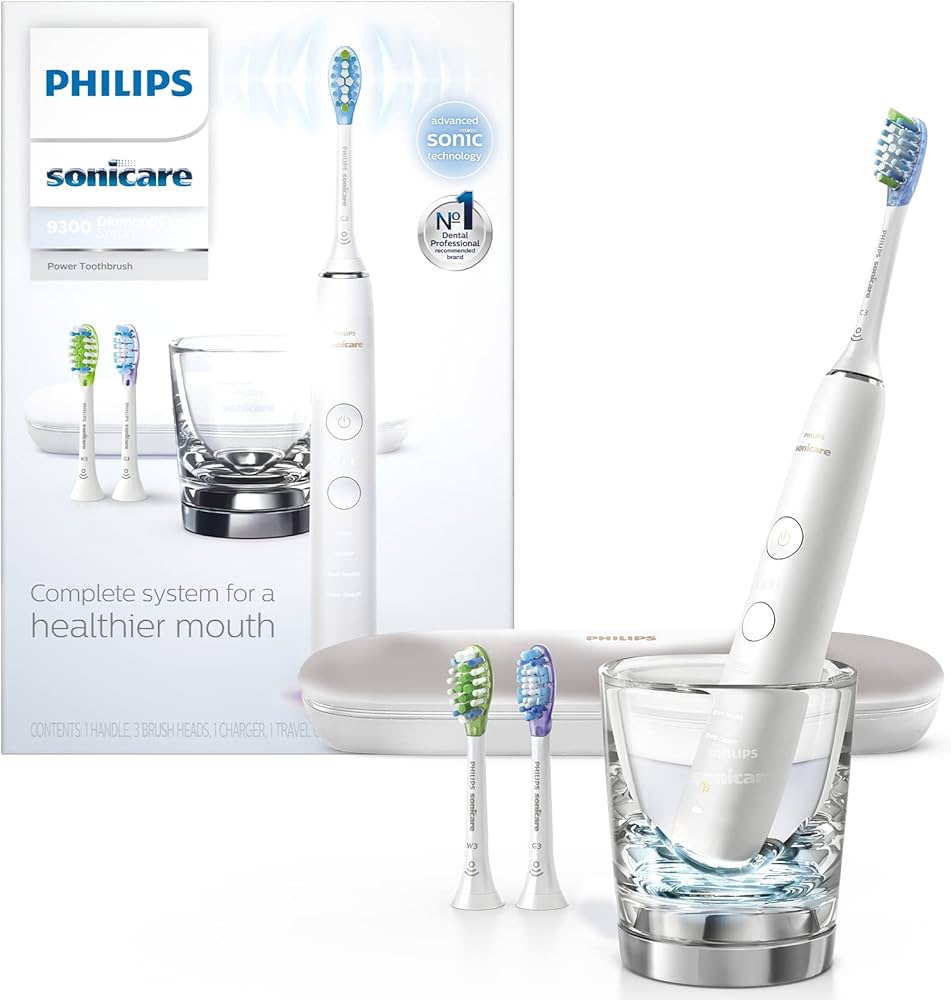
Mold in the Charging Base or Holder:
In some cases, the black substance may not be on the toothbrush itself, but on the charging base or holder. This can occur if moisture accumulates in these areas, leading to mold growth. The mold may then transfer to the toothbrush during charging or storage.
Prevention and Solution: To prevent mold growth in the charging base or holder, follow these steps:
a) Keep the charging base or holder dry: Ensure that the charging base or holder is dry before placing your toothbrush in it. Wipe it regularly with a clean, dry cloth to remove any moisture.
b) Clean the charging base or holder: Clean the charging base or holder periodically using a mild disinfectant or a mixture of water and vinegar. This can help remove any mold or bacteria that may be present.
c) Store the toothbrush separately: If mold growth persists, consider storing your toothbrush separately from the charging base or holder to prevent cross-contamination.
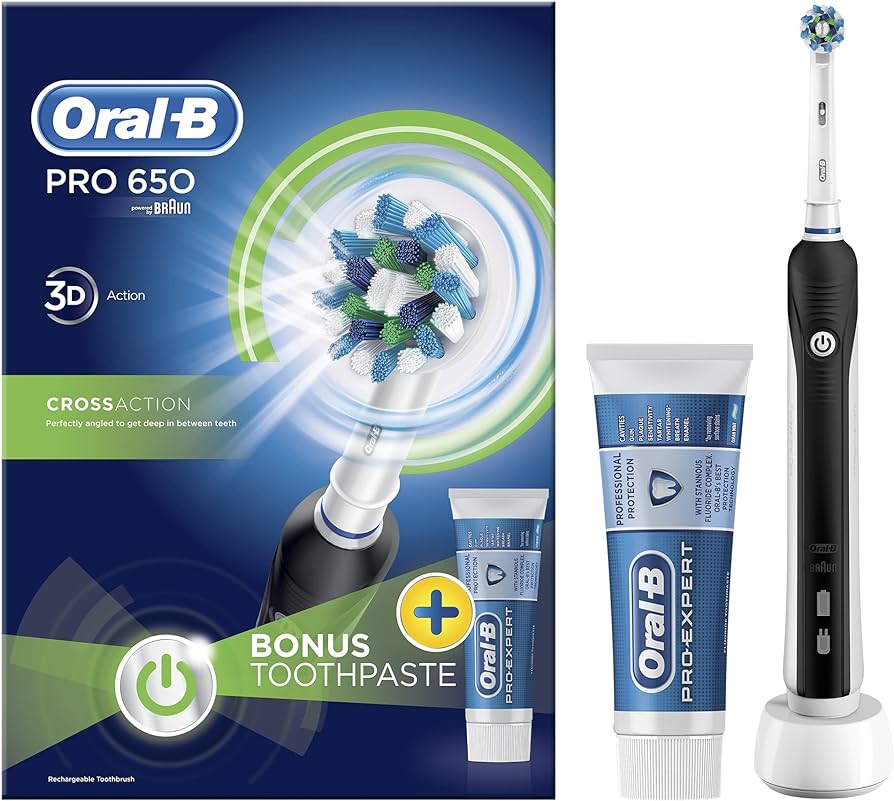
Bacterial Contamination:
Another possible cause of the black substance on your electric toothbrush is bacterial contamination. Bacteria can thrive in the moist environment of the bathroom and can transfer onto your toothbrush during use. Over time, these bacteria can multiply and create dark-colored spots or discoloration on the bristles.
Prevention and Solution: To prevent bacterial contamination on your electric toothbrush, consider the following measures:
a) Rinse thoroughly: After each use, rinse your toothbrush thoroughly with water to remove any remaining toothpaste or saliva, which can harbor bacteria.
b) Use antibacterial mouthwash: Consider using an antibacterial mouthwash to rinse your mouth before brushing. This can help reduce the number of bacteria present in your mouth and on your toothbrush.
c) Store in an upright position: Store your toothbrush in an upright position to allow it to air-dry properly. This can help minimize moisture buildup and discourage bacterial growth.
d) Replace regularly: Replace your toothbrush or brush head every three to four months, or sooner if you notice signs of bacterial contamination or discoloration.
Hardened Toothpaste or Residue:
Accumulated toothpaste residue or hardened toothpaste can also contribute to the black substance on your electric toothbrush. This can happen when toothpaste is not thoroughly rinsed off after brushing or when it dries and hardens on the bristles.
Prevention and Solution: To prevent the buildup of toothpaste residue on your electric toothbrush, follow these recommendations:
a) Rinse thoroughly: After brushing, rinse your toothbrush under running water to remove all traces of toothpaste. Pay special attention to the bristles and head of the toothbrush.
b) Clean the brush head regularly: Clean the brush head by soaking it in a mixture of water and vinegar or a denture cleaner solution. This can help dissolve any hardened toothpaste or residue.
c) Use a designated toothbrush cleaner: Consider using a toothbrush cleaner specifically designed to remove toothpaste residue and keep your brush head clean.
d) Replace the brush head regularly: Even with proper cleaning, toothpaste residue can accumulate over time. Replace the brush head every three to four months to maintain optimal cleanliness and effectiveness.
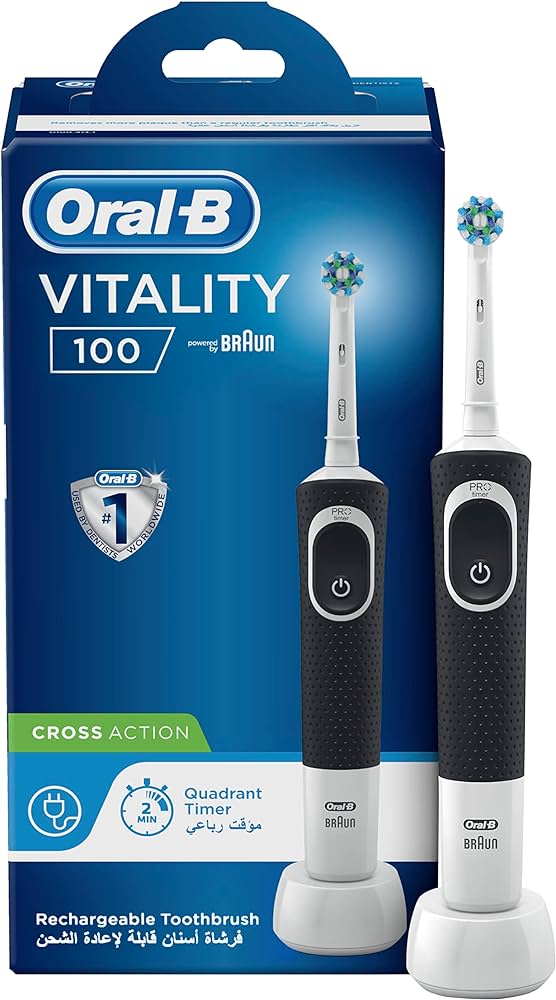
Conclusion:
The black substance on your electric toothbrush can have various causes, including mold or mildew growth, mineral deposits, deterioration of the brush head, or mold in the charging base or holder. By following preventive measures such as thorough rinsing, proper air-drying, regular cleaning, and timely replacement of brush heads, you can minimize or eliminate the black stuff on your electric toothbrush. Additionally, keeping the charging base or holder dry and clean can help prevent mold growth. By maintaining the cleanliness and effectiveness of your electric toothbrush, you can ensure optimal oral hygiene and a healthy smile.

